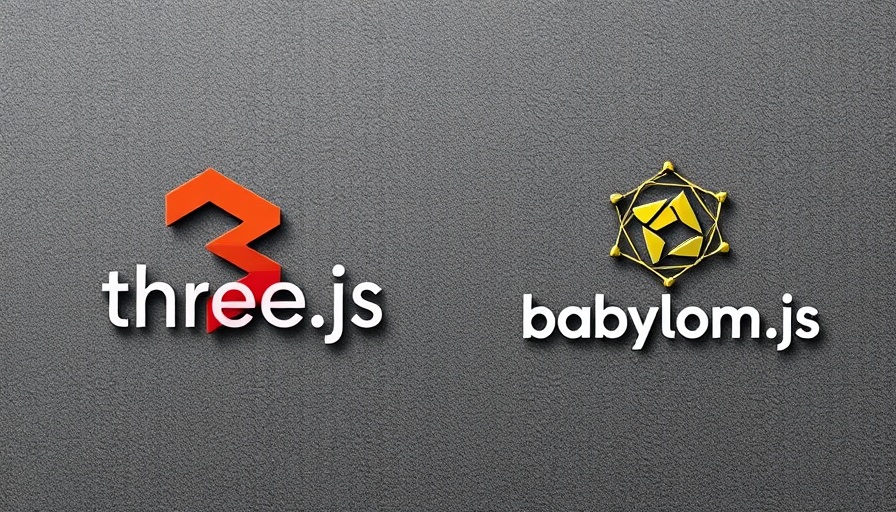
Why Choose Between Three.js and Babylon.js for 3D Development?
In the realm of 3D web development, the selection of the right engine can significantly impact the capabilities and the user experience of your project. As developers increasingly seek immersive and engaging experiences for users, Three.js and Babylon.js have emerged as dominant players. But how do you decide which library best suits your needs?
The Basics of Three.js and Its Core Features
Three.js, crafted by Ricardo Cabello in 2010, revolutionized working with WebGL by providing a simpler, higher-level API, avoiding the often-complicated WebGL boilerplate. This light rendering engine gives developers substantial control, allowing customization but often necessitating third-party add-ons for more intricate functionalities.
Key features of Three.js include:
- Geometry and Materials: Built-in geometry options enable developers to create diverse shapes, paired with materials for aesthetic enhancements.
- Camera System: Perspective and orthographic cameras allow for realistic vision simulation with movement controls.
- Lighting: Various light types help simulate different environments effectively.
- Animation System: A powerful animation system allows for the straightforward adaptation of object motions and complex model animations.
Why Choose Babylon.js for Your Projects?
In contrast, Babylon.js prides itself on being a full-fledged 3D engine loaded with essential functions straight out of the box. It boasts built-in support for crucial functionalities such as physics, animations, and GUI elements. This integrated approach can drastically reduce the amount of setup and coding needed, which is especially beneficial for larger projects.
Babylon.js excels in several areas:
- Integrated Physics Engine: Offers built-in physics, allowing realistic interactions and movements effortlessly.
- Extensive Rendering Features: Superior rendering capabilities out of the box for better graphical experiences.
- GUI Tools: Supports the creation of complex user interfaces seamlessly, enhancing the overall user experience.
Making the Right Choice: Three.js vs. Babylon.js
Choosing between these two powerful libraries comes down to the specific needs of your project. For developers prioritizing flexibility and control, particularly in lighter applications, Three.js is an excellent choice. Conversely, Babylon.js delivers a more complete package ideal for larger and more function-heavy applications.
Insights Into Future Developments in 3D Web Technologies
Both libraries are actively developed and supported, highlighting the growing importance of web-based 3D technologies. As we move toward an increasingly interactive internet, the continued evolution of libraries like Three.js and Babylon.js will significantly shape digital marketing and user engagement strategies.
Practical Tips for Getting Started with Each Framework
Getting started with either framework is straightforward, but understanding their distinctions in initial setup and requirements is crucial. For Three.js, simply include the CDN link or install via npm, ensuring follow-up with its extensive documentation to align your project characteristics. Conversely, Babylon.js users benefit from a comprehensive setup process that may seem more complex initially but saves time in the long run due to its extensive built-in capabilities.
Conclusion and Next Steps
With a clearer understanding of the strengths and weaknesses of Three.js and Babylon.js, you're better prepared to make informed decisions for your next 3D web project. As you plan your development journey, remember to align your choice of library with the specific requirements of your application to optimize both development time and user experience.
Ready to enhance your digital projects with 3D capabilities? Explore further insights into digital marketing tools and online advertising trends that bring your ideas to life!
 Add Row
Add Row  Add
Add 




Write A Comment